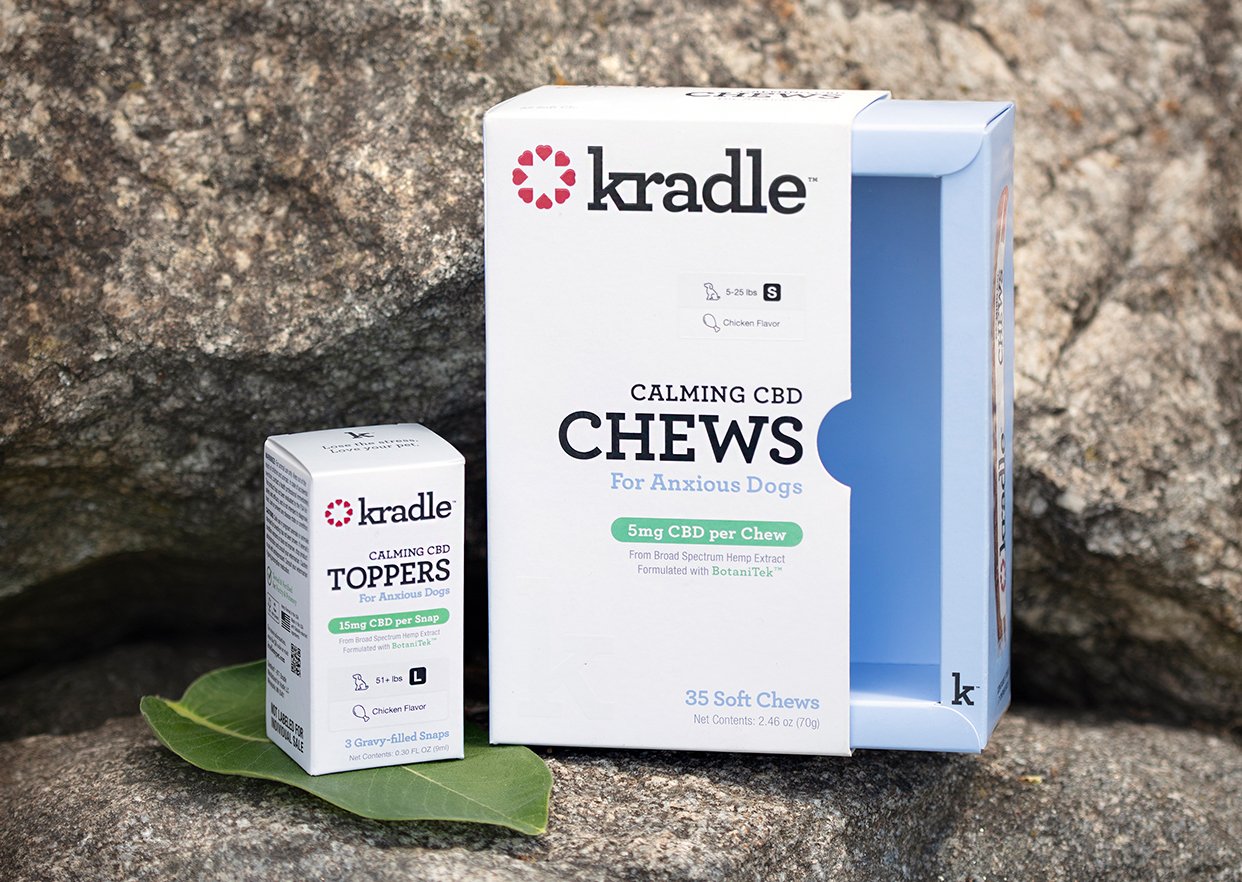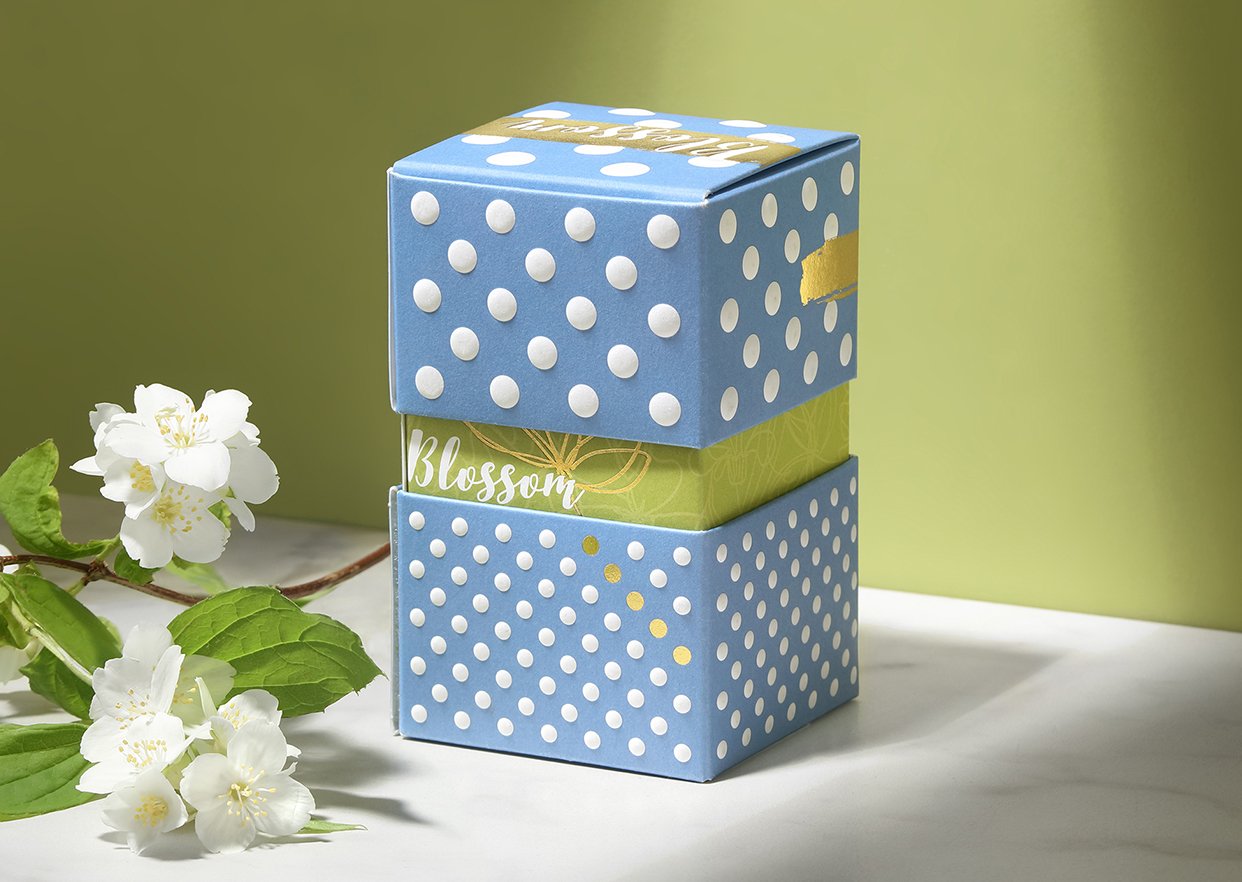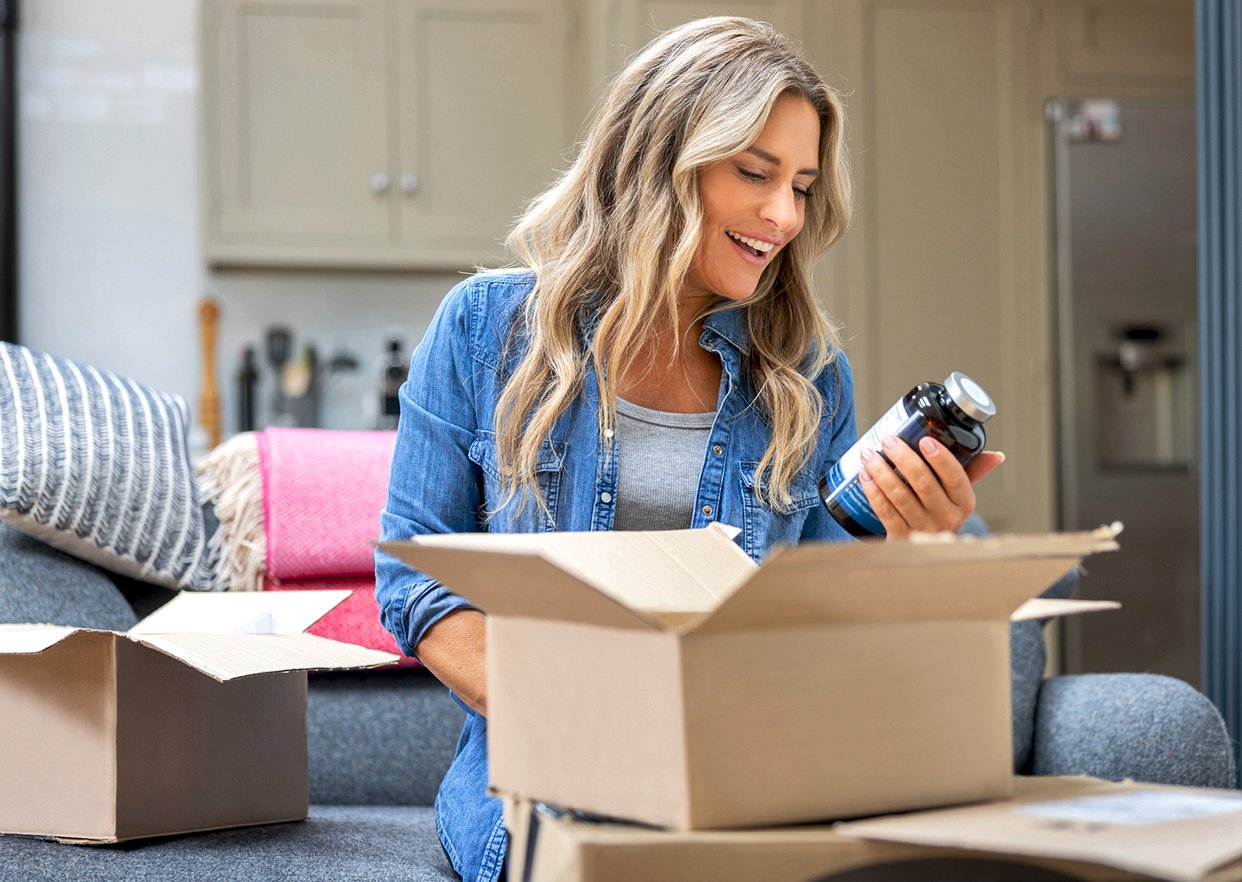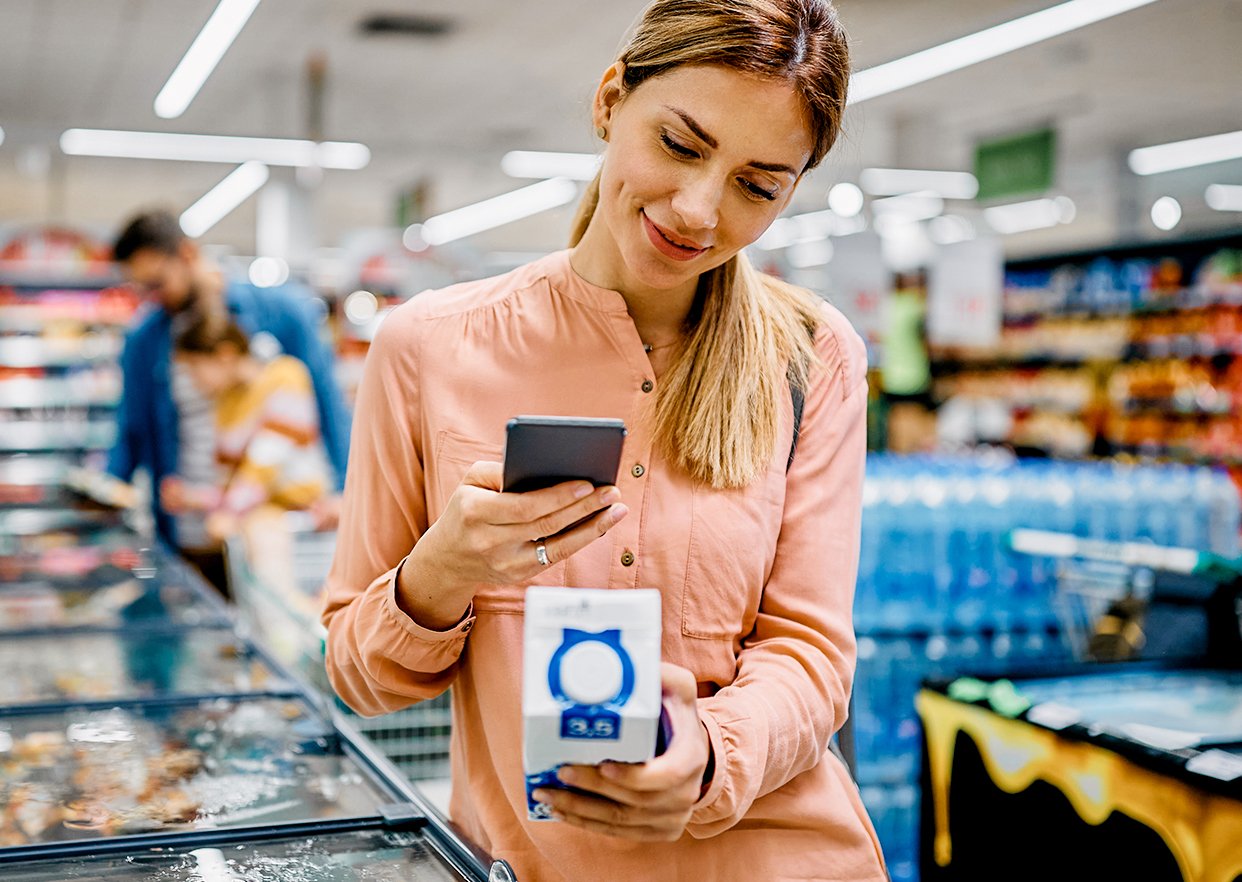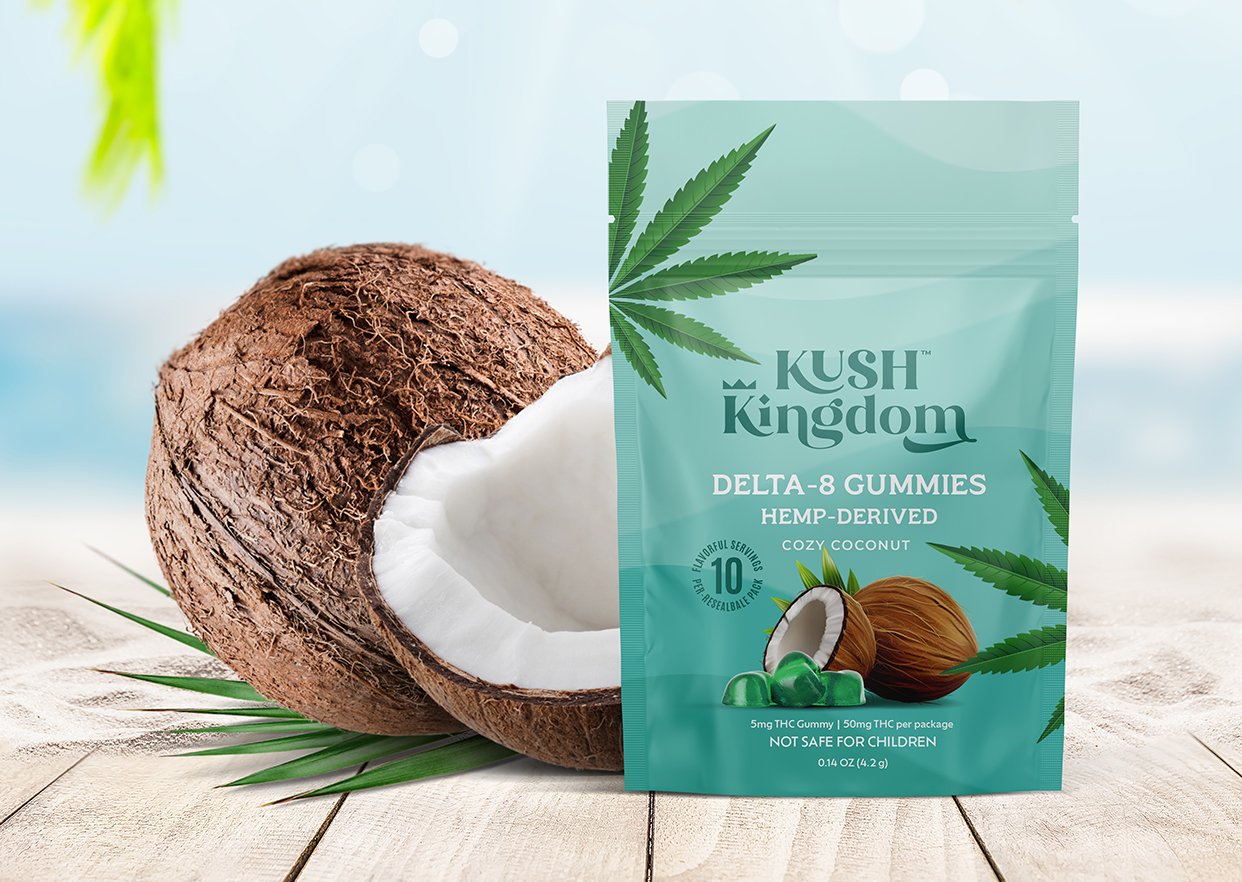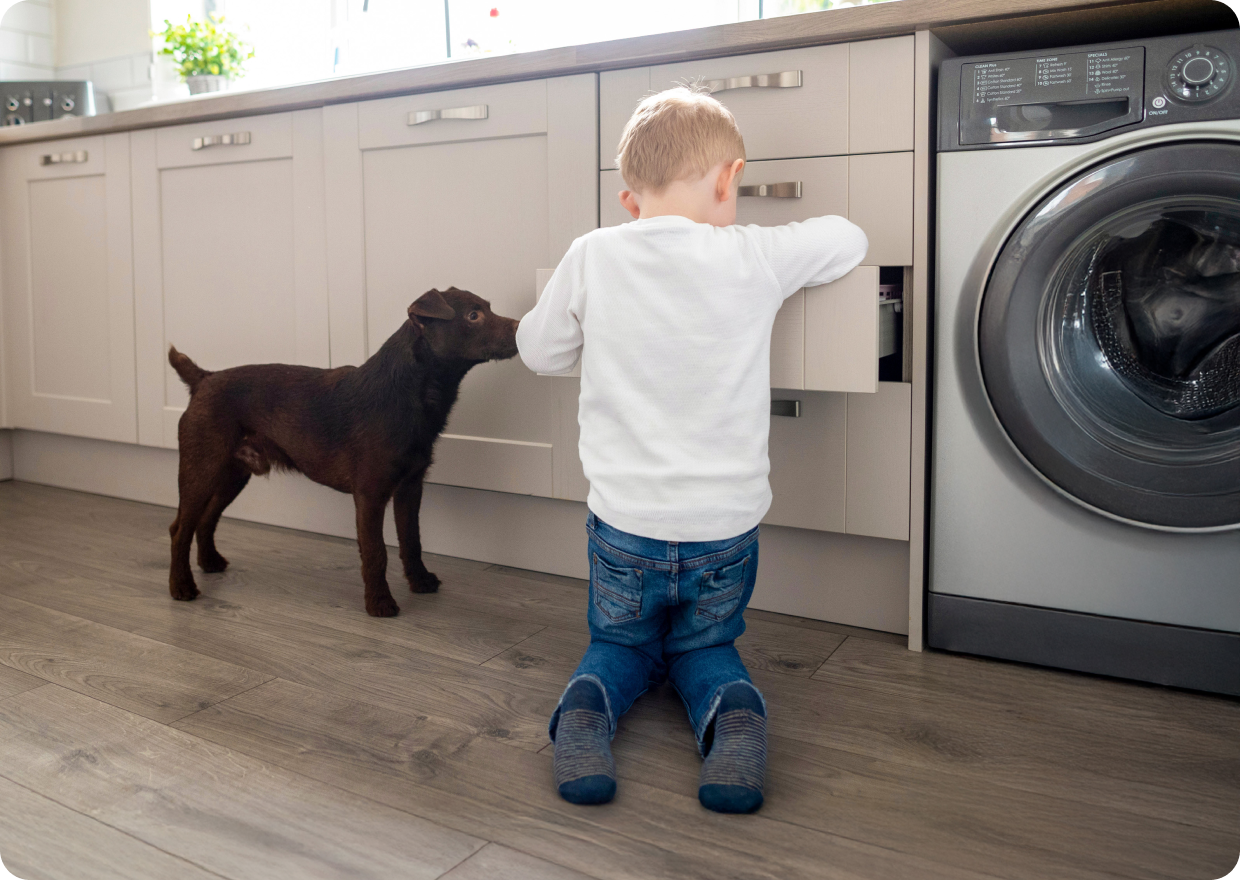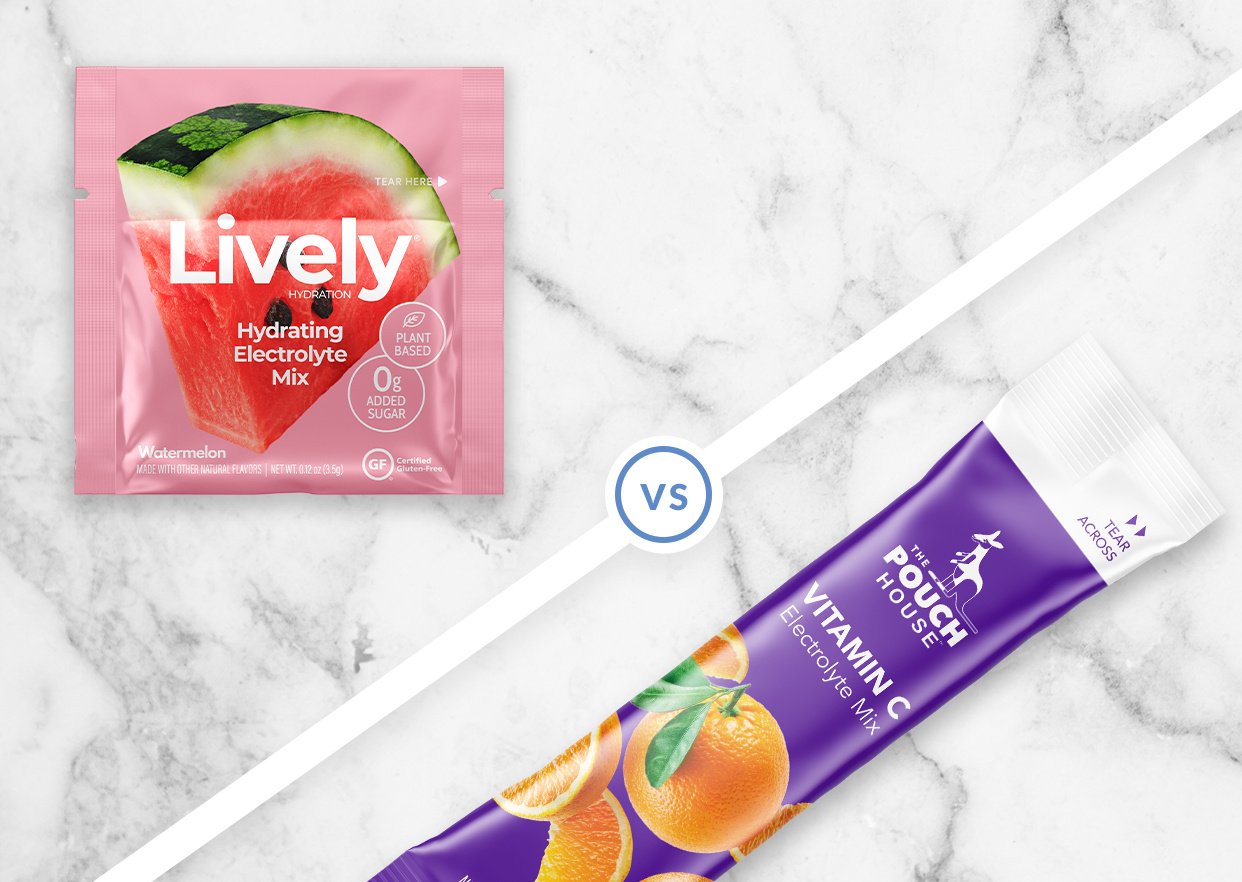The next time you walk down the grocery aisle or browse your favorite big-box retailer, take a moment to study the shelves. Packaging of every imaginable style and configuration is all around you. Look closer and you’ll notice that folding paperboard cartons are among the most common packaging constructions for the consumer packaged goods (CPG) industry.
Economical, sustainable and endlessly versatile, folding carton packaging is a massive industry in itself. Mordor Intelligence estimates the U.S. paperboard packaging market at $357 million and projects it to reach $446 million within five years.
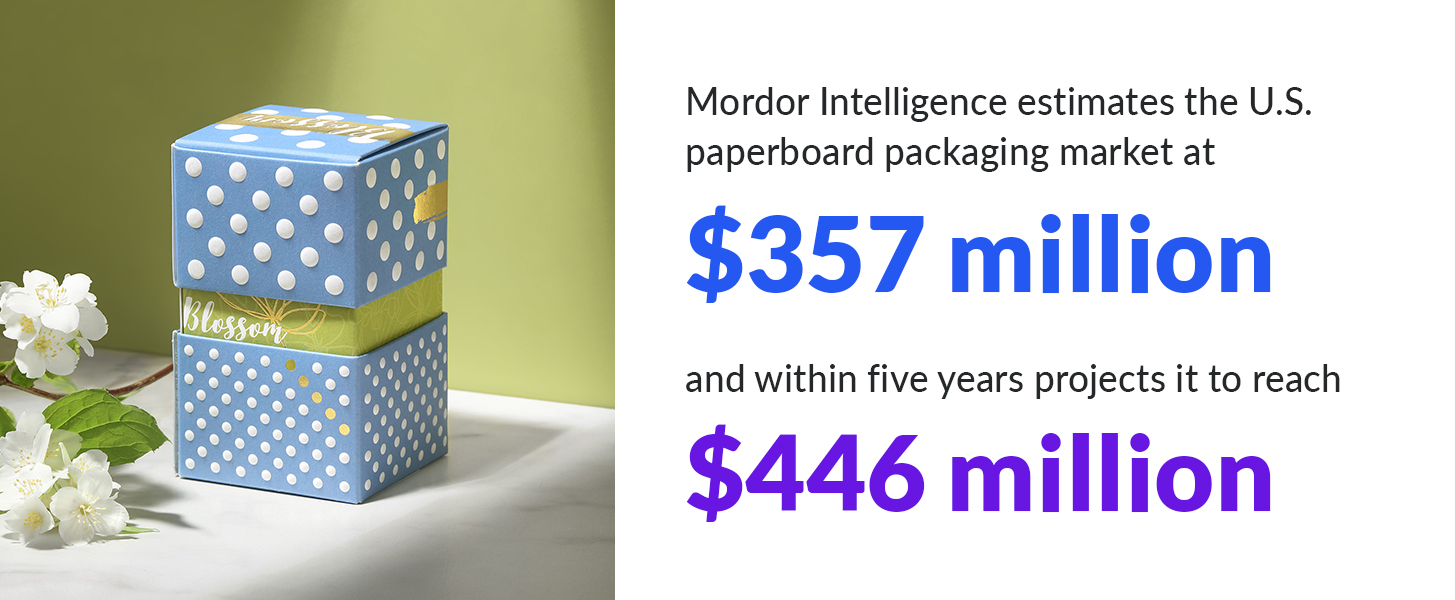
That’s a lot of cartons – and it’s not surprising. Few packaging materials offer as many possibilities as paperboard. It can be embellished through printing, foil stamping, embossing, UV coating, lamination and more, making it the ultimate blank canvas for a consumer brand.
But what exactly makes for a “good” package design? Forbes called upon its member council network to explore the psychology of product packaging. There isn’t any single branding trick that will make a consumer notice your product, grab it off the shelf and make a purchase. However, psychology does play a major role in making all of these things happen. Here are the four elements of packaging design psychology to think about for your folding carton packaging.
The 4 Elements of Packaging Psychology
Color
Psychologists have long known that colors have “emotional resonance” that can vary widely from culture to culture. In U.S. culture, colors like yellow and red often create feelings of warmth and energy. Greens and pinks are often associated with health and natural resources while cool blues tend to have a calming, relaxing effect.
That psychology of color carries through to consumer labels and packaging you encounter each day. Apple’s signature white packaging complements the sleek, upscale design of its electronics. Coca-Cola Red is bright and refreshing, much like the product within that 12-pack carton. Tiffany Blue® is synonymous with luxury and heightens the anticipation of opening the gift box.
When developing the packaging for your product, start with color. Determine which color(s) will best reinforce your brand identity and enable you to stand apart from your competitors. Of course, one of the great advantages of paperboard as a print substrate is its ability to reproduce any signature color accurately.
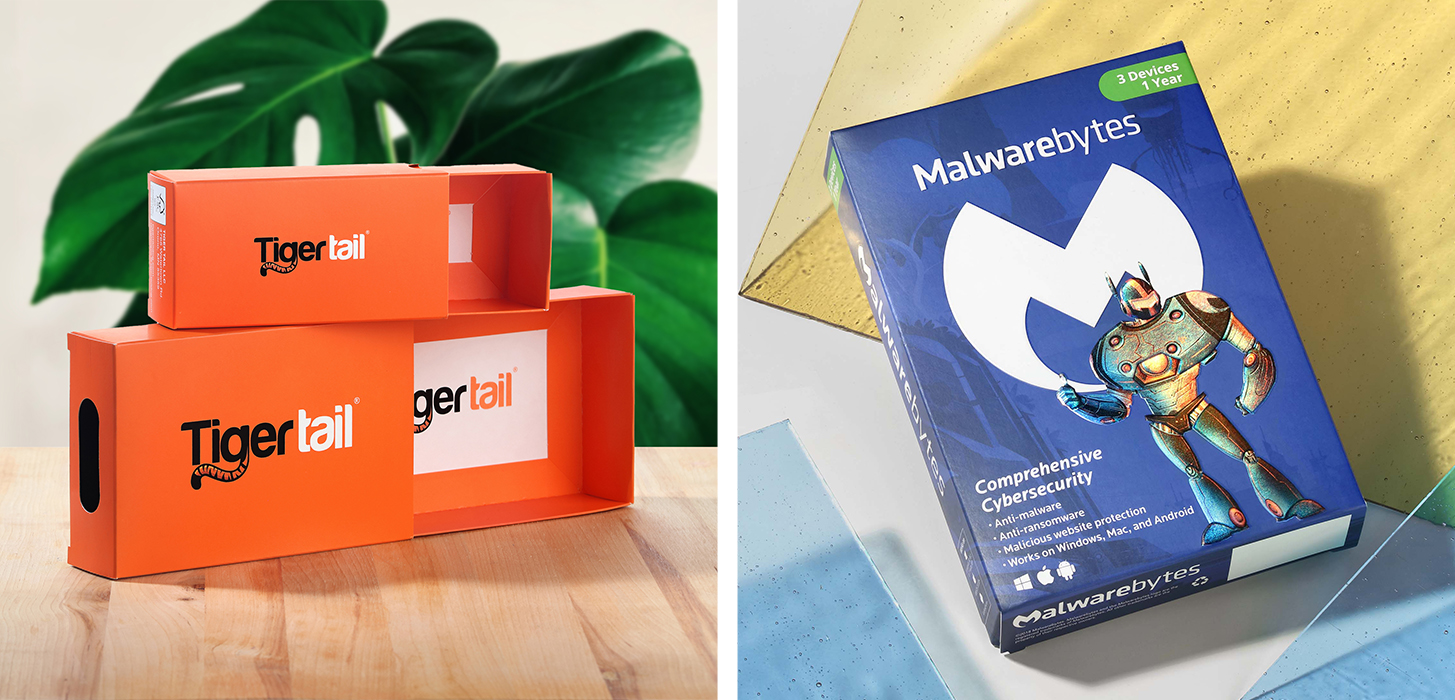 Form Factor
Form Factor
Packaging shape and structure also play a role in how your brand is perceived by the consumer. Slim, narrow package designs trigger thoughts of “health” in the consumer while squat, thick shapes connote sturdiness. Of course, the Holy Grail of package design is for the shape to become a signature element of the brand itself – such as with the Coke bottle.
However, not all shapes are as timeless as a bottle of Coke. Forbes notes that futuristic, “high tech” aspirations were once associated with blocky and angular shapes. Today, the future looks rounded, streamlined and smooth. Much like hemlines and lapels, it’s all about human psychology and changing perceptions.
The key takeaway here is that the ideal shape for your product packaging could change over time. Unless you are fortunate enough to “own” a timeless shape like Coca-Cola, you should focus on choosing a form factor that suits your brand in the moment and sends the right messages about your product’s attributes. Thankfully, the versatility of folding carton packaging makes this easy to do.
Materials
Forbes notes that the raw materials chosen for a package can have a psychological impact on the consumer in three ways.
The first consideration is presentation. As we’ve seen from our examples ranging from soft drinks to jewelry, paperboard can evoke aesthetics ranging from simple and functional to sleek and chic. It all depends on package design and how the item is presented.
The next consideration is texture. Packaging is meant to be touched and handled. With that in mind, how do you want your product to feel in the hands of your consumer? Folding carton packaging can be left raw and rough, be embossed or debossed for a tactile effect, coated to create a glossy sheen, or made dull and soft to the touch. Always choose a texture that reinforces your brand attributes.
The third consideration is complexity. This is primarily about the product’s intended use. A folding carton that is meant to be opened and discarded should use thin, simple materials to minimize waste. Conversely, a carton that is meant to be retained as a long-term container for the product should made of thicker, more solid materials to extend its life and/or to evoke feelings of quality.
Though not specifically noted by Forbes, a fourth consideration would be sustainability. Consumers are becoming more environmentally conscious with each passing day. For many, seeing a “made from recycled materials” icon or recycling symbol on packaging will increase their likelihood to purchase the product. Ironically, some consumer packaged goods companies even specify that an earthy “kraft look” color be printed onto the paperboard to make the packaging appear overtly natural.
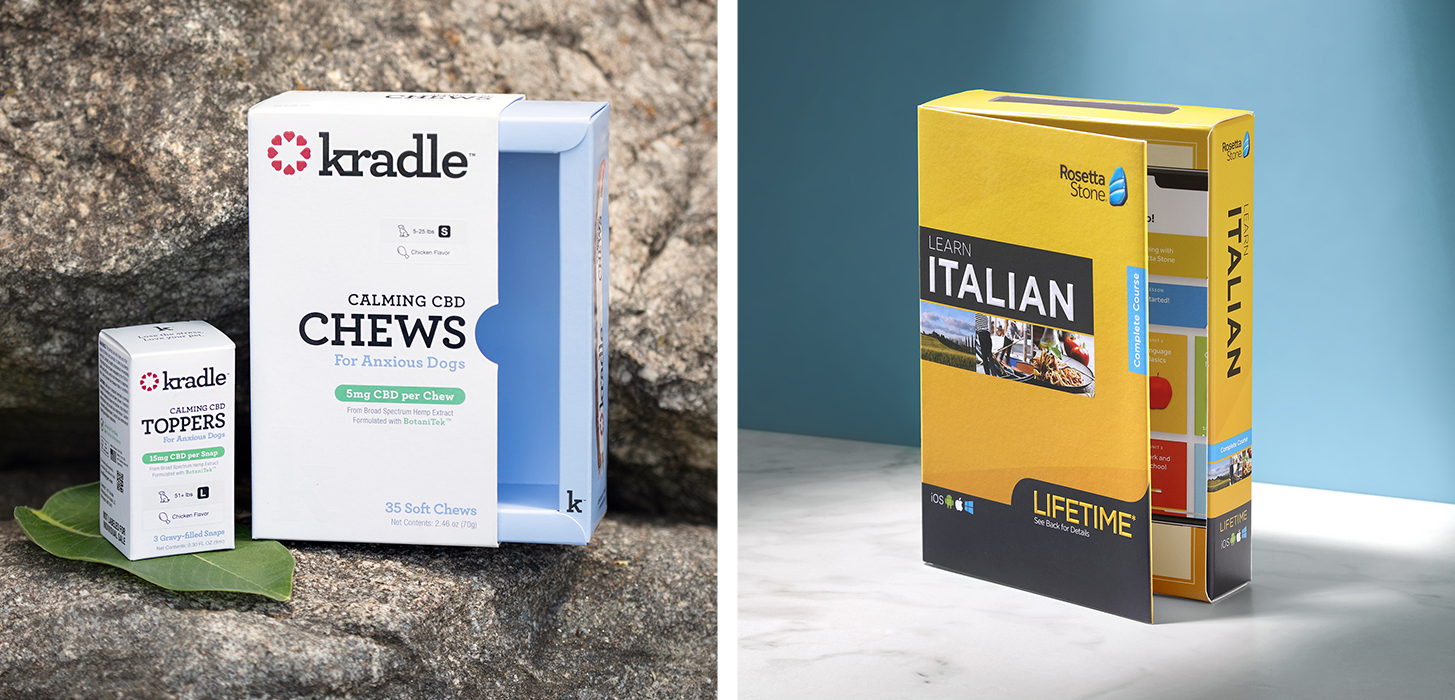 Typography
Typography
The final psychological element of package design noted by Forbes is typography. Spelling the exact same word in Comic Sans, Times New Roman or Bodoni – the font preferred by both Burberry and Armani – will leave three very different impressions on the reader. Font style and size are integral elements of package design. Just as with the use of color, paperboard offers unlimited possibilities in this area.
Custom Folding Carton Packaging From Taylor
Taylor is a leader in the packaging industry, creating custom folding carton packaging for a wide range of product categories. From auto-lock bottom boxes and rollover trays to paperboard sleeves and boxes with straight-tuck and reverse-tuck closures, Taylor specializes in custom closure mechanisms and innovative presentation methods. In keeping with our focus on sustainability, all are produced using non-toxic, environmentally friendly soy-based ink.
See for yourself how folding paperboard packaging can function as a blank canvas for your brand. Contact a Taylor representative to learn more.

